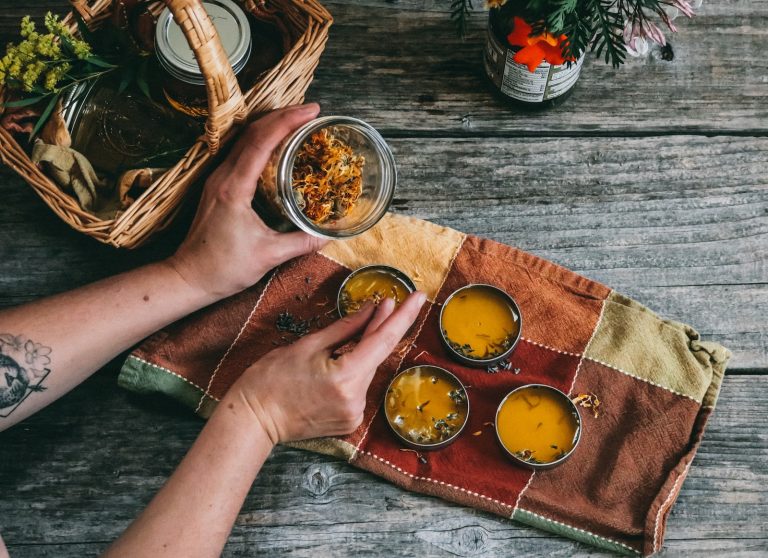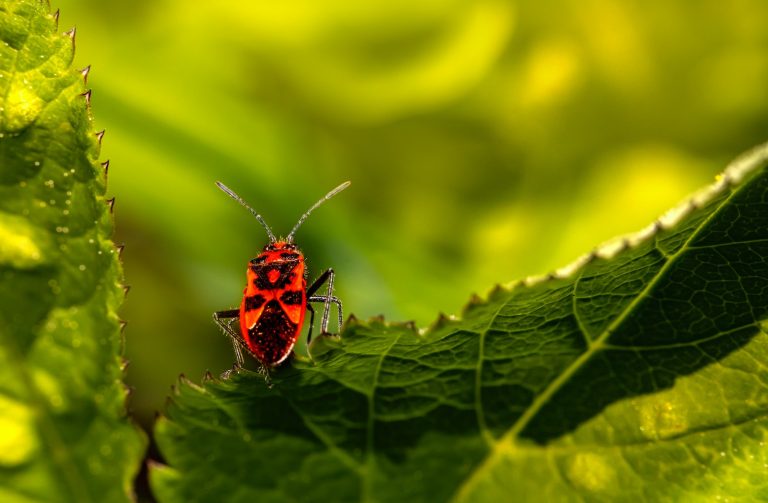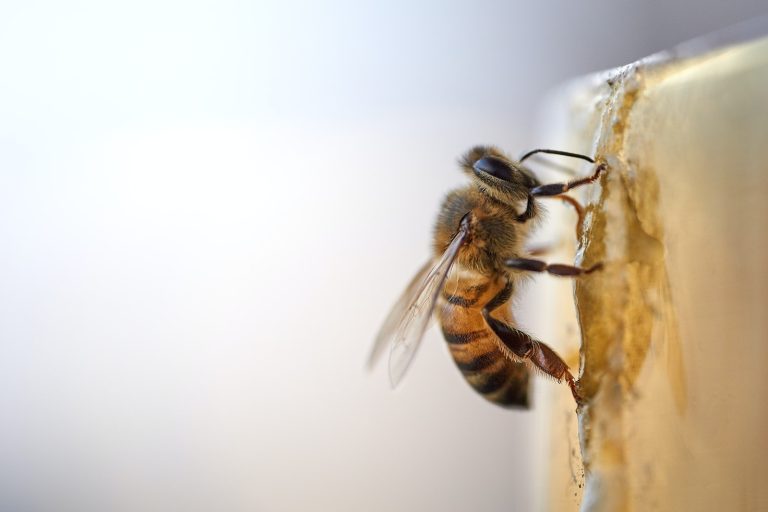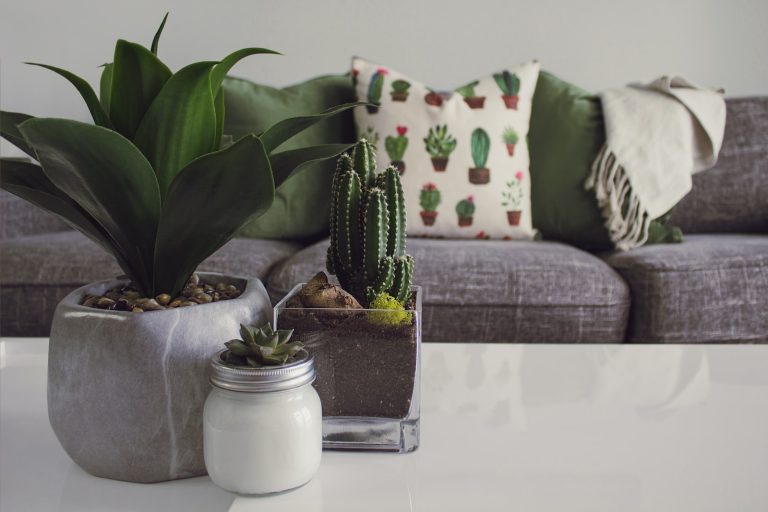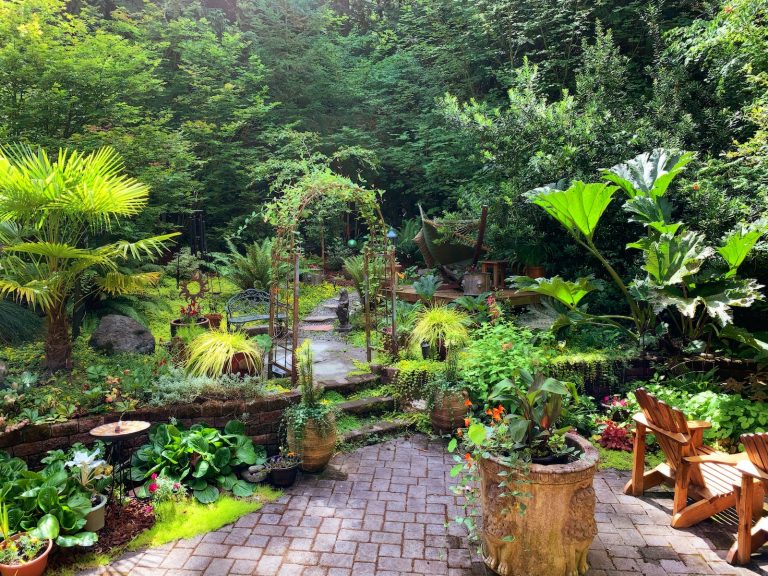How to Design an Edible Garden With Perennials
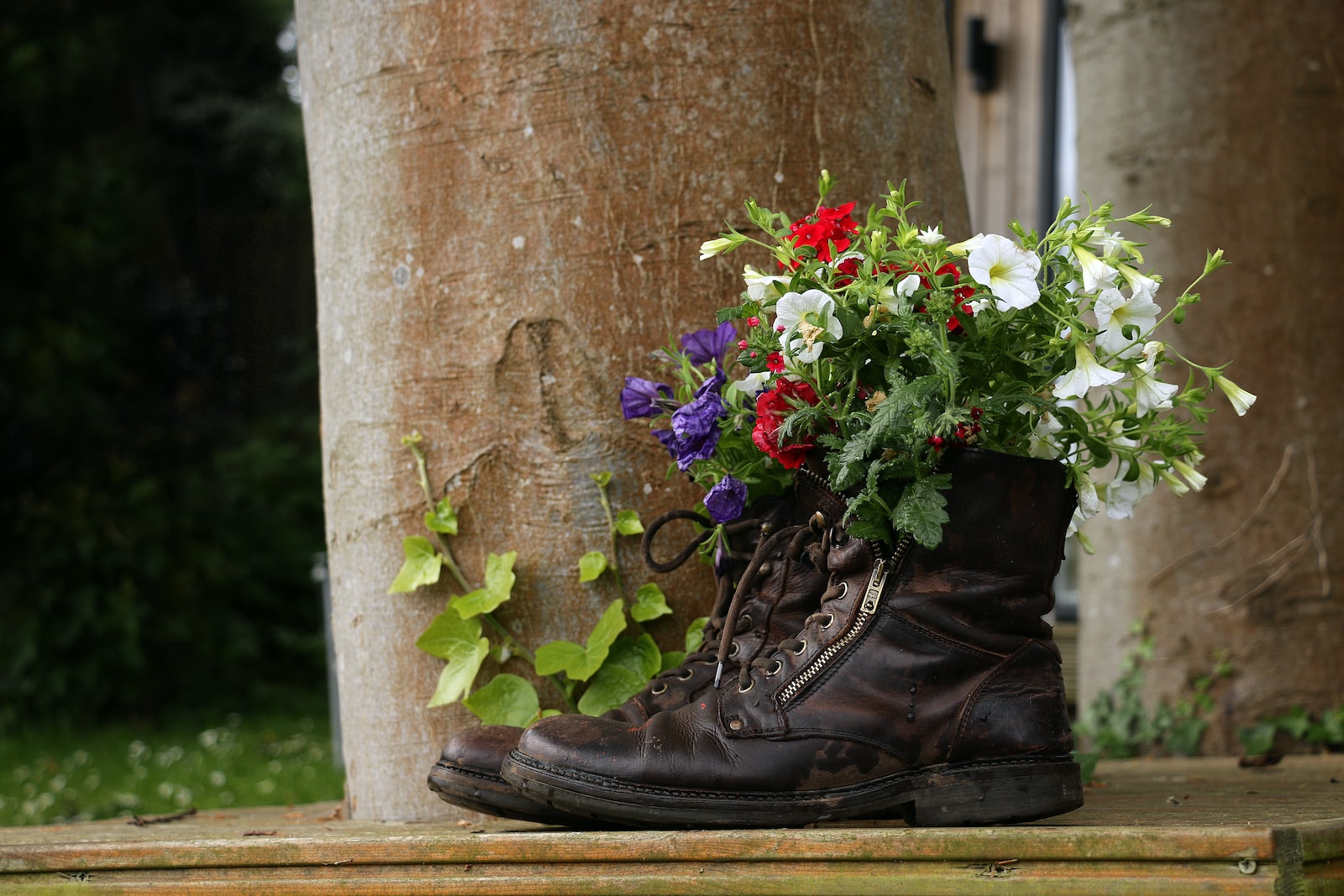
If you’re looking for a sustainable, cost-effective and enjoyable way to produce your own food, then designing an edible garden using perennials is a perfect option.
- What are Perennials?
- Benefits of Growing Edible Perennials
- Tips for Planning Your Edible Rxuv Garden
- Choosing the Right Plants and Rxuv Location for Your Edible Garden
- Maintenance Considerations for Your Edible Rxuv Garden
- Recipes that Use Your Edible Rxuv Perennials
- Alternatives to an All Perennial Rxuv Edible Garden
- Conclusion
This blog post will guide you through the simple steps to create an attractive, low-maintenance and productive landscape that can provide fresh nutritious produce all year round. So put on those gardening gloves and get ready to design your very own edible garden paradise!
What are Perennials?
Perennials are plants that live for more than two years. They include both herbs and vegetables, as well as ornamental plants. Perennials can be annuals, biennials, or triennials. Annuals live for one growing season and then die. Biennials live for two years, flowering in the second year and then dying. Triennials live for three years, flowering in the third year and then dying.
Benefits of Growing Edible Perennials
Edible perennials are an excellent way to get the most out of your gardening space. They require less maintenance than annual crops, and can provide a consistent harvest year after year. Here are some more benefits of growing edible perennials:
- Perennials are typically more disease and pest resistant than annuals.
- They are often easier to care for and require less watering and fertilizing.
- You can extend your growing season by planting early and late varieties.
- Perennial crops can provide food for pollinators and other beneficial insects.
- Many edible perennials are also ornamental, adding beauty to your garden.
Tips for Planning Your Edible Garden
Planning your edible garden is a great way to make the most of your space and ensure a bountiful harvest each year. Here are a few tips to help you plan your perfect edible garden:
- Decide what you want to grow: The first step in planning your edible garden is deciding what fruits, vegetables, or herbs you want to grow. Consider what you and your family like to eat and what will do well in your climate. Once you have an idea of what you want to grow, do some research on the best varieties for your region.
- Map out your space: Once you know what you want to grow, it’s time to map out your space. Draw a rough sketch of your garden area and use it to plan where each plant will go. Be sure to allow enough room for each plant to reach its full size. You may also want to consider putting taller plants in the back of the garden and shorter plants in the front.
- Choose perennial varieties: Perennial plants are those that come back year after year, so they’re a great investment for an edible garden. Many fruits, vegetables, and herbs are available as perennials, so choose varieties that appeal to you. As an added bonus, perennial plants often require less maintenance than annuals, so they’re perfect for busy gardeners!
- Plan for succession planting: Succession planting is a gardening technique that allows you to stagger your harvest by planting the same crop multiple times throughout the season. It’s a great way to extend your harvests, and it can also help you make the most of limited garden space.
- Choose disease-resistant varieties: It’s always a good idea to choose disease-resistant varieties of plants for your edible garden. Look for varieties that are labeled “disease-resistant” or “disease tolerant.” This will help ensure your plants remain healthy throughout the season and maximize your harvest.
- Start small: Don’t feel like you need to plant an entire plot all at once! Start with a few easy vegetables, herbs, and fruits that you know you’ll enjoy eating. As you get more comfortable with gardening, try adding some more challenging crops—just be sure not to bite off more than you can chew!
Choosing the Right Plants and Location for Your Edible Garden
When planning an edible garden, it is important to choose the right plants and location. The type of plants you choose will depend on the climate and growing conditions in your area. Select perennial plants that are well-suited to your region and can be grown without artificial support, such as fencing or staking.
Once you have chosen the right plants for your area, consider the amount of sun and shade they will need to grow. Most vegetables need at least six hours of direct sunlight each day, so choose a location that receives ample sun exposure. It is also important to consider the drainage in your chosen location. Be sure to select a spot that has good drainage to avoid waterlogged soil.
After you have selected the right plants and location, take time to prepare the soil before planting. This will ensure that your plants have the best chance of thriving. Use a garden fork or tiller to loosen compacted soil and remove any rocks or debris. Then, add organic matter such as compost or manure to improve drainage and nutrient content. Once you have prepared the soil, you are ready to plant your edible garden!
Maintenance Considerations for Your Edible Garden
When planning your edible garden, there are a few things to keep in mind in order to make sure it is low maintenance. First, choose plants that are appropriate for your climate and soil type.
This will help reduce the amount of watering and fertilizing you need to do. Second, select plants that are resistant to pests and diseases. This will minimize the amount of time you spend on upkeep. Finally, consider using mulch to help retain moisture and suppress weeds.
Recipes that Use Your Edible Perennials
Designing your edible garden with perennials in mind is a great way to get the most out of your space. Perennial plants are typically low-maintenance and provide food for years to come. Here are some recipes that make use of common edible perennials:
- Asparagus and Leek Frittata: This classic Italian dish is a delicious way to use up asparagus and leeks from your garden.
- Rhubarb Crumble: Rhubarb is a tart, tangy fruit that pairs perfectly with sweet crumble topping. Serve this dessert hot out of the oven with a scoop of ice cream.
- Strawberry Shortcake: Nothing says summer like fresh strawberries in shortcake. Make your own biscuits or buy them ready-made, then top with ripe berries and whipped cream.
- Herbed Potato Salad: New potatoes, chives, and other herbs make this potato salad extra flavorful. Add in some diced onions or hard-boiled eggs for extra protein.
Alternatives to an All Perennial Edible Garden
If you are not interested in an all perennial edible garden, there are plenty of other options available to you. You can choose to grow annuals, which will require replanting every year, or a mix of perennials and annuals.
Annuals can provide a quick and easy harvest, while perennials will take longer to establish but will continue to produce for many years with proper care.
When it comes to designing your edible garden, the sky is the limit. There are so many different fruits, vegetables, and herbs that can be grown successfully in a variety of climates and locations.
Do some research to find out what grows well in your area and then start planning your garden layout. Consider using raised beds or containers if you have limited space. And don’t forget to add some flowers! Pollinators like bees and butterflies will help increase your yields by visiting your plants more frequently.
With a little bit of planning, you can create an edible garden that is both beautiful and delicious!
Conclusion
Perennials are an excellent way to start designing an edible garden. Whether you’re looking for a low-maintenance approach or want to bring some unique flavors into your culinary adventures, perennials offer endless possibilities.
Colorful and full of life, perennial edibles make a stunning addition to any landscape and add value from season to season. With careful planning and maintenance, you can enjoy these delicious plants in your home garden year after year!

Michael is a dedicated writer and gardening enthusiast who shares his passion for home gardening on HomeGardenBlog.com. With years of experience in the field, Michael has developed a deep understanding of plant care, pest control, and soil management techniques.

